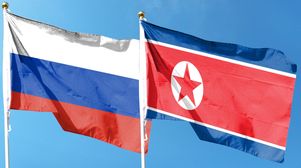Foreword
It is a pleasure to welcome you to the third edition of <i>Pharmaceutical Trademarks – A Global Guide.</i>Building on the success of the previous two editions, <i>PharmaceuticalTrademarks 2012 </i> provides trademark professionals with comprehensive guidance on the key issues involved in the protection, enforcement and marketing of pharmaceutical brands.The pharmaceutical industry is essential to the global economy and is subject to a high degree of regulation. In addition to the production of drugs, which involves a lengthy research and development process, the selection – and protection – of brand names is crucial to success andrequires detailed knowledge of a wide range of both national and international requirements. This guide is designed to help busy practitioners to navigate the regulatory maze by allowing for a quick and easy international comparison of the respective practices and procedures governing pharmaceutical marks.To achieve this, Pharmaceutical Trademarks – A Global Guide is written by industry experts from leading firms across the globe. Although the chapters in this book offer valuable insight on law and practice governing pharmaceutical trademarks, they do not seek to provide specific legaladvice and should not be read as such. However, only those firms and organisations with specialist expertise in the field were invited to contribute, and the authors raise a number of critical points that rights holders and their advisers should take into consideration when constructing an international pharmaceutical protection strategy.I would like to extend my gratitude to all of the authors for theircommitment to, and participation in, this valuable project. If you have any feedback on the guide, please do not hesitate to contact me..</i>Trevor LittleManaging editor
27 January 2012





